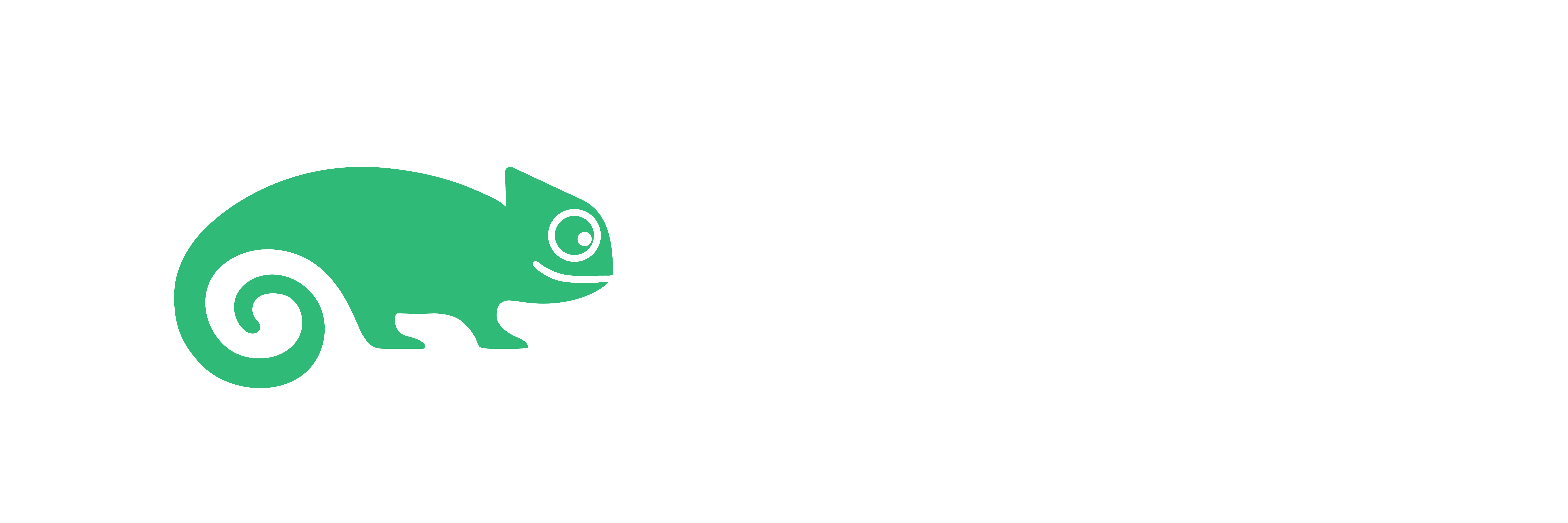During this must-attend virtual session, host Brett Parker from Foster Melliar will explain why decision-makers who are contemplating their digital transformation journey (whether it is a complete migration or just an upgrade), should look no further than an integrated SUSE SAP architecture solution.
In today’s market, the implementation of next-generation enterprise software and new age platforms is problematic, when it is based on traditional IT infrastructure.
Parker says the challenge will resonate with business owners who recognise that most SAP solutions run by customers have been deployed on traditional IT infrastructure, and SAP, by its nature, is complex when it comes to upgrading and transforming their solutions.
“For example, there is a huge amount of manual effort required when you want to deploy new solutions out into your environment. And that gets multiplied when you then try to do this in a clustered environment. Once you do that on traditional infrastructure, you end up with a serious lack of availability of resources because the applications are resource-intensive, and yet the infrastructure that it’s running on doesn’t have the capability to scale the way it should to take advantage of some of the functionality that SAP is providing in these new age solutions.”
So there’s an inability to scale with the new solutions and there’s no flexibility for innovation and changing business needs, “and you most likely don’t have the ability to support modern technologies like machine learning or IOT,” adds Parker.
He believes the situation is exacerbated by poor tools. “So you end up going back into this manual cycle which, again, results in things like system downtime and security vulnerabilities.”
Essential components of a trusted open source platform
When it comes to platform architecture for enterprises, the stakes are too high to choose the wrong technology.
Parker believes it’s imperative to partner with a leading Linux platform, one that supports front-running solutions including SAP Business One, SAP Hana, S4Hana, SAP Netweaver and SAP Datahub.
“Without this kind of platform in place to offer this support for these different elements, your business simply won’t have the ability to manage, deploy, scale, stop or change a lot of the things you need to do with the architecture, with the new software that SAP provides.”
Parker continues: “You need to make sure the platform you choose has live patching technology built into it. Because you have to move away from having to bring your production system down every time you update something, or make a change, or deploy a container or do maintenance.”
He stresses that with the capability that SAP technology offers – providing you have the right stack in place – putting the production system on hold is not a requirement.
“You’re able to run your operations and maintenance in parallel and switch between the two.”
It’s equally important to have a world-class infrastructure management solution to run your development and operations across multiple hardware and cloud platforms. This is because most SAP customers have multiple hardware and may have multiple or hybrid cloud platforms.
It’s also vital to have to an enterprise-class management solution to easily deploy and manage the software components of these hybrid solutions. Parker underlines the significance and value of management tools, the lack of which is an Achilles heel for most businesses in their digital transformation.
The SUSE tools portfolio includes established offerings like Terraform, Salt, Grafana and Prometheus.
“When you’re making a decision on which operating system to work with at SAP, bear in mind that SUSE has these world-class tools built into their platform.”
Parker underlines the value of the twenty-year partnership between SUSE and SAP. The two companies share a co-development lab in Walldorf, Germany. Teams from both companies work on product and technology roadmaps, which means strategic direction and product roadmaps are tightly aligned. This offers decision-makers peace of mind that new releases will not result in issues with operating systems or lack of vendor alignment.
Parker adds that the first 40 participants for the June webinar will receive an Uber Eats voucher. Click here to register.
Share
